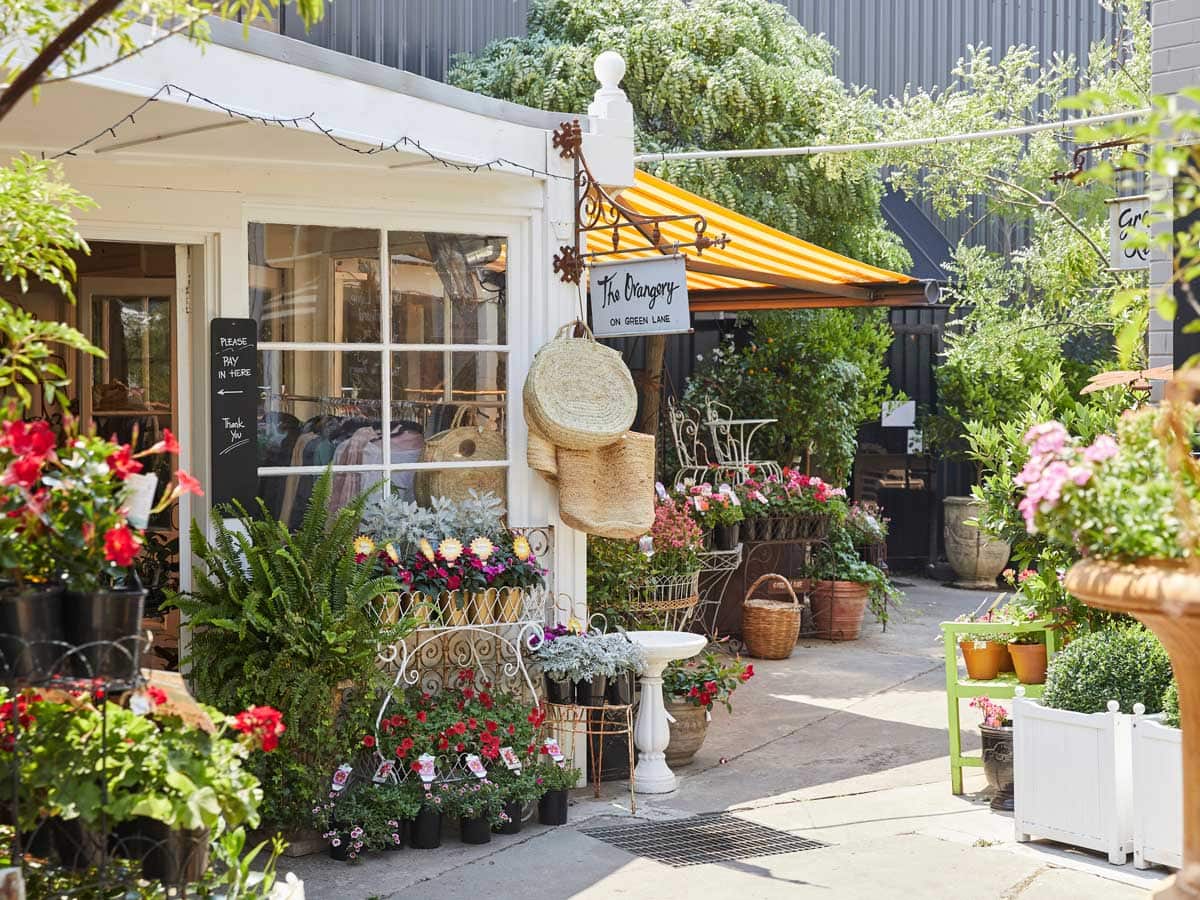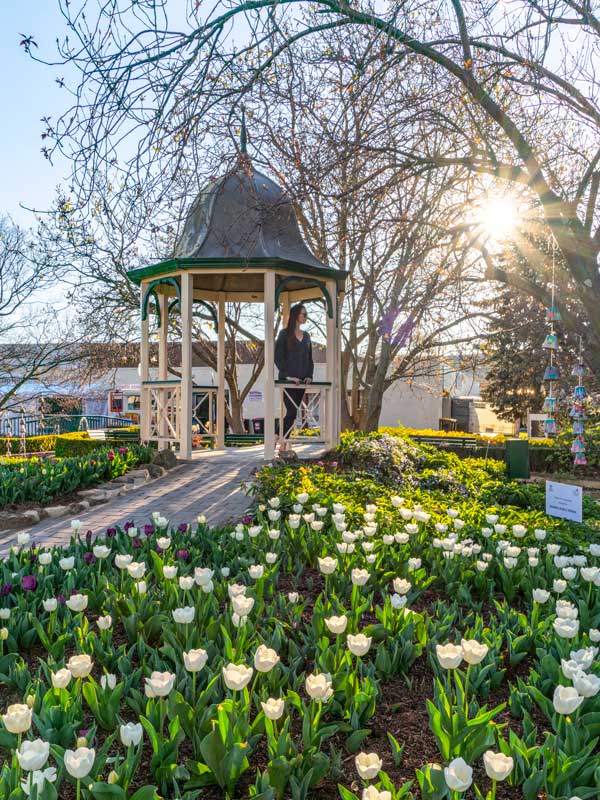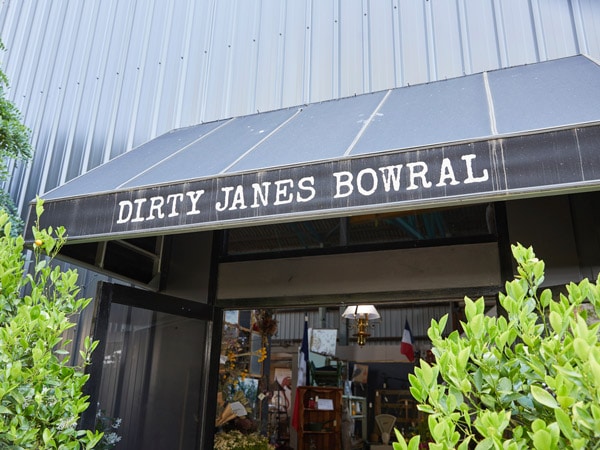16 February 2023
![]() 5 mins Read
5 mins Read

Find the complete list of the Top 50 Aussie Towns here.
I’ve been spending time in the NSW Southern Highlands town of Bowral since I was a mere slip of a girl. Growing up just 45 minutes away meant it was our chosen ‘Sunday drive’ destination, and the place we’d head for weekends away to mark family milestones. We were regulars at its annual Tulip Time festival; there are far too many pictures of my sister and me in matching outfits posing next to fulsome blooms and young women in traditional Dutch dress, complete with clogs.

Enjoy ‘Tulip Time’ in September. (Image: Destination NSW)
I even decided in my 30s that it would be the place I’d retire to when the time came. So I have watched with curiosity and a dash of jealousy as my favourite town has become everyone’s favourite town in the last 10 or so years, with its main thoroughfare of Bong Bong Street fairly bustling with families and couples come the weekend, and Airbnb bookings becoming harder and harder to secure (Peppers Craigieburn or the exquisite Hopewood House are two very accommodating alternatives).

Stay in boutique surrounds at Hopewood House. (Image: Destination NSW)
While the town’s allures are myriad, from the aforementioned floral fiesta to its history as cricket legend Sir Donald Bradman’s childhood home (complete with a museum) to its charming village vibe, the current vogue for spending time there has been spurred on in no small part by two genius additions to its offering.
Cruise into town at lunchtime on most days of the week and you are sure to see a neat, well-behaved queue of people snaking out the door of Gumnut Patisserie on the main street. The multi-award-winning bakery is renowned for the quality of its pies, which is saying something in an area where notable pie makers number well into the 30s.
It is this breadth of quality that sparked the idea of rebranding the entire month of June as Pie Time, when bakers across the Southern Highlands – or the Southern Pielands as it is fashioned – set out to dazzle meat and pastry aficionados with the flavours of their fare.
Not surprisingly, given Australians’ passion for the humble pie, the annual event is a huge hit: set off on a Pie Drive following the self-guided Pie Trail through the area’s towns and villages to sample as many variations on the theme as possible (think about dedicating an entire weekend to the culinary journey or alternatively opt for an elastic-waisted ensemble if tackling it in a day), musing on the ratio of gravy to meat and the merits of exotic inclusions like curry and figs as you go.
Another motivator for my love of Bowral since childhood has been the access it provides to dusty vintage treasures and second-hand gems at its many antique shops and charity stores. So it was love at first sight when I first entered the surrounds of Dirty Janes Antique Markets in the late 2010s to be greeted by room upon room of old furniture, French linens, artworks and curios – and on one occasion an entire ice-skating ticket booth in Gustavian grey imported from a far-flung Scandinavian country (and yes, I did entertain the thought of taking it home for five minutes).

Get the Dirty Janes effect. (Image: Destination NSW)
The passion project of father-and-daughter team Athol Salter and Jane Crowley, the original building underwent an extensive renovation in 2016, emerging as a chic retail precinct anchored by landmark building The Acre and boasting cafes, a pretty plant nursery, boutiques and an expanded vintage emporium.

Trawl for antiques. (Image: James Horan/Destination NSW)
The resulting Dirty Janes effect has seen this corner of town along Bong Bong and Banyette streets become a bustling mecca for those in search of good coffee (try Bespoke Letterpress for its delightful mix of stationery and cafe fare and Plantation Cafe @ Green Lane to lunch amid the greenery) and even better bargains on everything from old church pews to vintage vinyl.
Bowral is on the Traditional Land of the Dharawal people and its name is thought to be derived from a word that means ‘high place’ in the local Aboriginal language. Bowral began as a series of land grants in the early 1800s, growing steadily prior to and following the arrival of the railway to the area in 1867, and the opening of Bowral Station in 1886.
During the late 1800s, the town added numerous churches, hotels and civic buildings, including the School of Arts, a police station, courthouse and town hall, all of which stand proud to this day. The fully-fledged town also became a preferred weekend idyll for wealthy Sydneysiders, who retreated here for the temperate summer climate and bucolic outlook. The generous houses and gardens they constructed still embellish the streetscape, along with the charming home designs that proliferated during the post-Federation period into the 1920s and ’30s.
The local Springett family opened a general store in the town in 1926, eventually expanding their business interests in the 1940s to include a bakery and soft drinks factory, which received a licence from Cottees to produce Passiona here.
The first tulip festival was held in Corbett Gardens in 1958, with September now known affectionately as ‘Tulip Time’ in the area.
LEAVE YOUR COMMENT